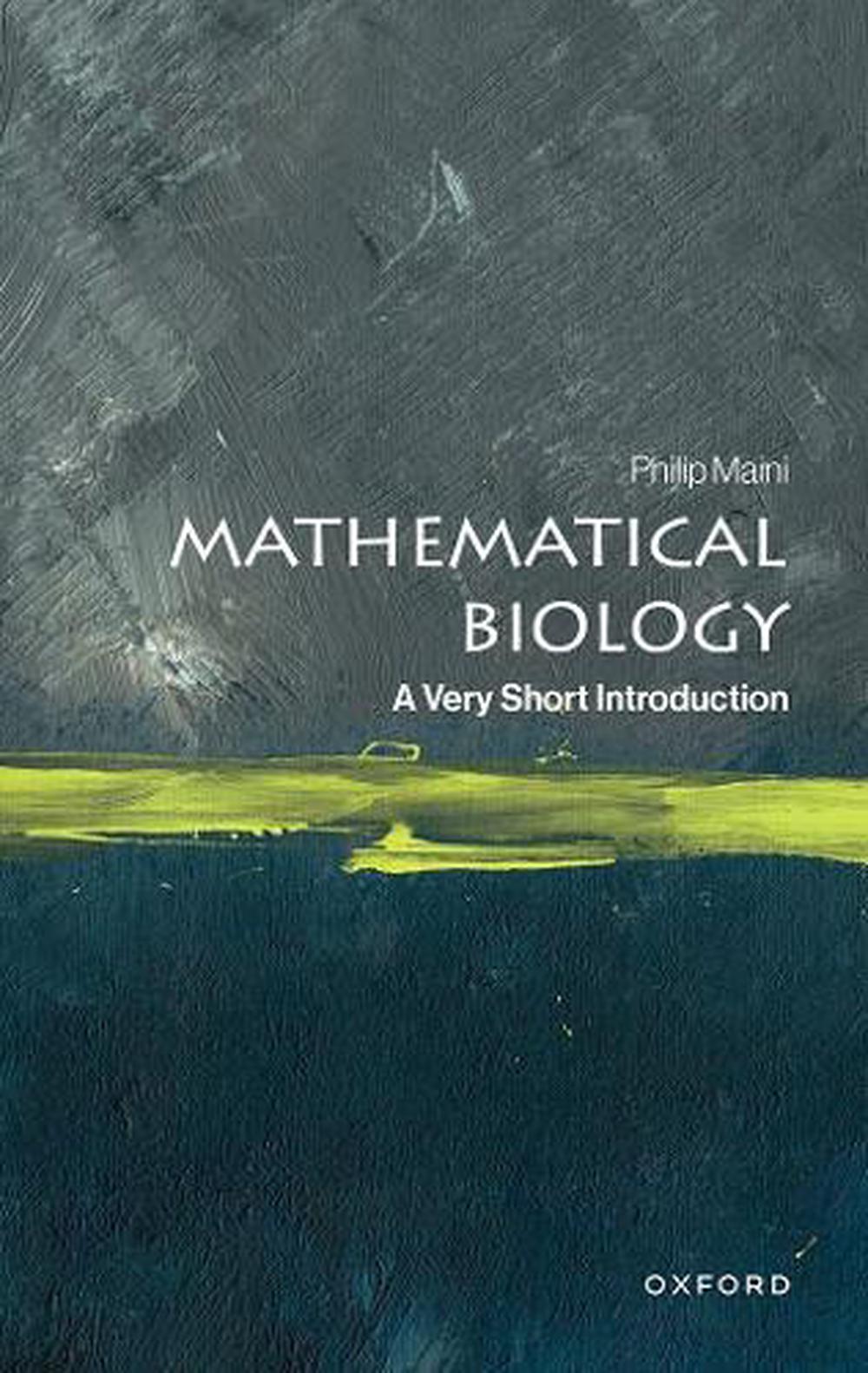
Mathematical Biology
a very short introduction
$40.17
- Paperback
160 pages
- Release Date
13 August 2025
Summary
Unlocking Life’s Secrets: A Mathematical Biologist’s Journey
Very Short Introductions: Brilliant, Sharp, Inspiring
Why are English Premier League football shirt patterns very similar to animal coat markings? And what do invasive species have in common with cancer cells in the body? Mathematical biology develops models which answer these questions, as they are applied to processes from the spread of a gene in a population, to predator-prey dynamics in an ecos…
Book Details
| ISBN-13: | 9780198854630 |
|---|---|
| ISBN-10: | 0198854633 |
| Series: | Very Short Introductions |
| Author: | Philip K. Maini |
| Publisher: | Oxford University Press |
| Imprint: | Oxford University Press |
| Format: | Paperback |
| Number of Pages: | 160 |
| Release Date: | 13 August 2025 |
| Weight: | 0g |
| Dimensions: | 174mm x 111mm |
About The Author
Philip K. Maini
Philip K. Maini is Professor of Mathematical Biology at Wolfson Centre for Mathematical Biology, University of Oxford. He has over 300 publications in the field and has held visiting positions at a number of universities worldwide. He co-authored with Jonathan Sherratt and Paul Dale a Bellman Prize winning paper (1997), and was awarded both a Royal Society Leverhulme Trust Senior Research Fellowship (2001-2) and a Royal Society-Wolfson Research Merit Award (2006-11).
Returns
This item is eligible for free returns within 30 days of delivery. See our returns policy for further details.




